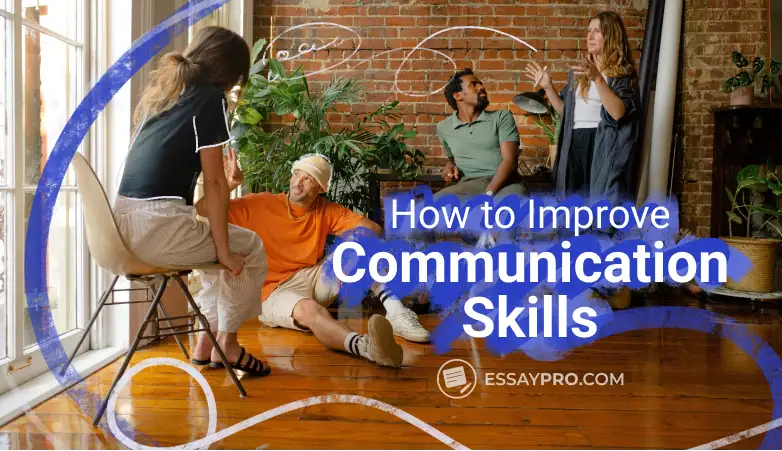Introduction:
In today’s fast-paced world, effective communication is more critical than ever. Whether you’re a business aiming to attract customers, a nonprofit seeking support, or an individual promoting a cause, sending information kits can be a game-changer. In this comprehensive guide, we’ll delve into the world of information kits, exploring why they matter, how to create them, and the best practices for ensuring their success.
-
Understanding Information Kits:
- Defining Information Kits: What exactly are information kits, and why are they important in today’s communication landscape?
- The Purpose Behind Information Kits: Exploring the various objectives information kits can fulfill, from informing and educating to persuading and inspiring action.
-
The Importance of Sending Information Kits:
- Building Credibility and Trust: How information kits can help establish your brand’s credibility and build trust with your audience.
- Providing Comprehensive Information: The role of information kits in providing a comprehensive overview of your products, services, or cause.
- Fostering Engagement: Strategies for using information kits to engage and captivate your audience, leading to meaningful interactions and conversions.
-
Components of an Effective Information Kit:
- Crafting a Compelling Cover Letter: Tips for writing a cover letter that grabs attention, sets the tone, and entices recipients to delve into the rest of the kit.
- Designing Engaging Brochures and Flyers: Best practices for designing visually appealing brochures and flyers that effectively communicate your message. You can also read Exploring the Majestic Niagara Falls: Unveiling the Wonders of Chinese Bus Tours from New York
- Including Supplementary Materials: Exploring additional materials, such as product samples, business cards, and multimedia content, that can enhance the impact of your information kit.
-
Designing an Effective Information Kit:
- Establishing Brand Identity: The importance of maintaining consistency in branding throughout your information kit.
- Organizing Information for Clarity: Strategies for organizing information in a clear and logical manner to facilitate understanding and retention.
- Incorporating Visual Elements: Leveraging visual elements such as images, infographics, and charts to enhance the visual appeal and effectiveness of your kit.
-
Tips for Compiling Information Kits:
- Knowing Your Audience: The significance of understanding your target audience’s preferences, interests, and needs when compiling an information kit.
- Tailoring Content to Specific Needs: Strategies for customizing the content of your information kit to resonate with your audience and address their pain points.
- Utilizing High-Quality Materials: Why investing in high-quality materials and printing can make a significant difference in the perceived value and effectiveness of your information kit.
-
Methods of Sending Information Kits:
- Physical Mail: Exploring the pros and cons of sending information kits via traditional mail and tips for maximizing the impact of this method.
- Email: Best practices for sending information kits via email, including tips for crafting compelling subject lines and optimizing deliverability.
- Digital Downloads: Leveraging digital platforms to distribute information kits as downloadable resources, with a focus on accessibility and ease of sharing.
- In-Person Distribution: Strategies for distributing information kits in-person at events, meetings, and networking opportunities to create a memorable impression.
-
Best Practices for Sending Information Kits:
- Personalization: The importance of personalizing your information kits to make recipients feel valued and increase engagement.
- Timing and Frequency: Strategies for determining the optimal timing and frequency of sending information kits to maximize effectiveness and avoid overwhelming recipients.
- Follow-Up Strategies: Tips for following up with recipients after sending an information kit to nurture relationships and encourage further interaction.
-
Measuring Success and Evaluating ROI:
- Tracking Responses: Methods for tracking responses to your information kit, such as monitoring email open rates, website visits, and inquiries.
- Analyzing Engagement Metrics: Key metrics to consider when evaluating the effectiveness of your information kit, including conversion rates, engagement levels, and feedback.
- Adjusting Strategies for Improvement: How to use data-driven insights to refine your information kit strategies and improve future campaigns.
-
Case Studies: Successful Information Kit Campaigns:
- Company X: A case study highlighting how Company X used information kits to launch a new product and drive sales.
- Nonprofit Organization Y: An example of how Nonprofit Organization Y leveraged information kits to raise awareness and attract support for a cause.
- Freelancer Z: A case study showcasing how Freelancer Z used information kits to showcase their services and attract new clients.
-
Future Trends in Sending Information Kits:
- Integration of Interactive Elements: The potential of integrating interactive elements, such as videos, quizzes, and augmented reality, into information kits to enhance engagement.
- Personalized Digital Experiences: Trends in personalizing digital information kits based on recipient preferences, behavior, and demographics.
- Sustainability and Eco-Friendly Packaging: The growing importance of sustainability in information kit distribution, including eco-friendly packaging and digital alternatives.
Conclusion:
In conclusion, sending information kits is a powerful communication strategy that can help businesses, organizations, and individuals effectively convey their message, build relationships, and achieve their goals. By understanding the key components of an effective information kit, implementing best practices for compiling and sending them, and staying abreast of emerging trends, you can unlock the full potential of this versatile tool in your communication arsenal.



